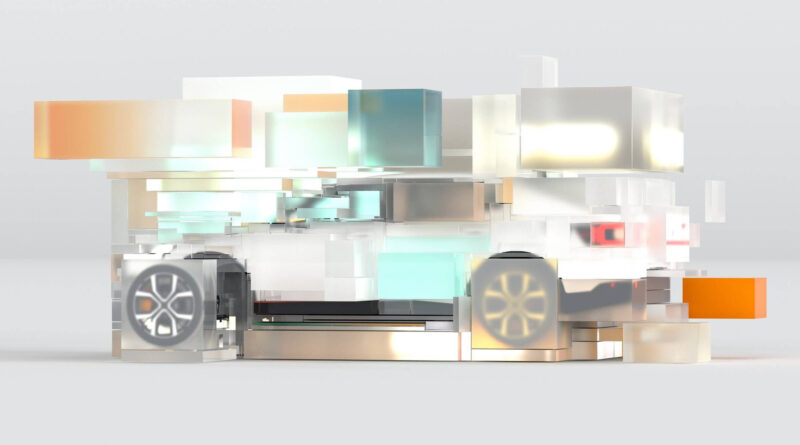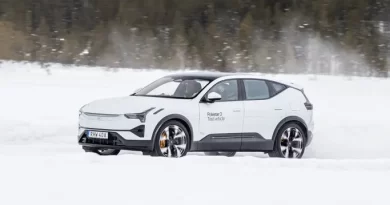Why the NSW govt’s EV splurge will change the landscape
The NSW Government announcement of EV incentives, tax reform for cars, non-financial benefits for EV drivers and Australia’s biggest and most comprehensive EV charging network is a game changer for electric cars in Australia. Big time.
In a single announcement we’ve gone from having blurred vision about the EV road ahead to having more clarity (at least in Australia’s most populous state) about how electric vehicles will shape the automotive landscape locally. And finally there’s an acceptance that EVs are the future.
It’s also what the automotive industry has been asking for: incentives to encourage the early uptake of what is for now expensive technology. But more importantly, it provides clarity around the regulatory framework for EVs moving forward, allowing car makers to plan ahead and be ready for the inevitable shift from petrol to electricity.
FULL STORY: EV incentives up to $5325 as part of $490 million NSW package
READ MORE: NSW promises Australia’s most comprehensive EV charging network
READ MORE: 2.5c/km road user charge, but not until 2027
READ MORE: NSW to switch most of its passenger car fleet to EV by 2030
None of which is going to happen overnight. There simply isn’t the range of EVs available right now, particularly at the affordable end of the EV market. And there aren’t enough coming into the country to significantly change the dyanmics over the next few months.
But now that one-third of car buyers in Australia – that’s the percentage of new-vehicle sales that head to NSW – have access to some serious tempters to shift to electric. And some of the excuses not to consider an EV have withered.
One of the most crucial of those is where to charge. As anyone who’s lived with an EV knows, most of the charging happens when the car is parked at home overnight. For those without access to off-street parking, they’ll usually sniff out a fast charger or two to keep things topped up.
But inevitably one of the first questions from EV newbies is where to charge and how they need to cover vast distances without stopping, which will become something of a non-issue once the NSW government splashes $171 million on what will be Australia’s most comprehensive charging network.
All of which points to EV sales picking up – after September 1, which is when the NSW government incentives kick in (expect very little EV action in NSW before that). Expect the lacklustre sales numbers we’ve seen for EVs to date to ramp up significantly.
One of the biggest challenges could be getting hold of stock. Hyundai and Kia are already hinting they may have more demand than they’ll be able to supply for their upcoming Ioniq 5 and EV6.
It’s likely Tesla will be best placed, having recently shipped 1572 Model 3s to Australia – with more apparently on the way.
You can gaurantee others will be trying to take advantage of the incentives on offer by either fast-tracking what’s soon to arrive or ordering more of them. Toyota has its bZ4X due in 2022 and Volkswagen is still desperate to bring its ID.4 to Australia. By the end of the year there will even be the Tesla-rivalling Polestar brand on sale here.
It’s been less than a week since the NSW announcement, but already there’s excitement that interest in EVs is stepping up.
It’s taken a while – and it’s taken a state government to do it – but Australia finally appears to be at least pointing in the right direction on EVs.




